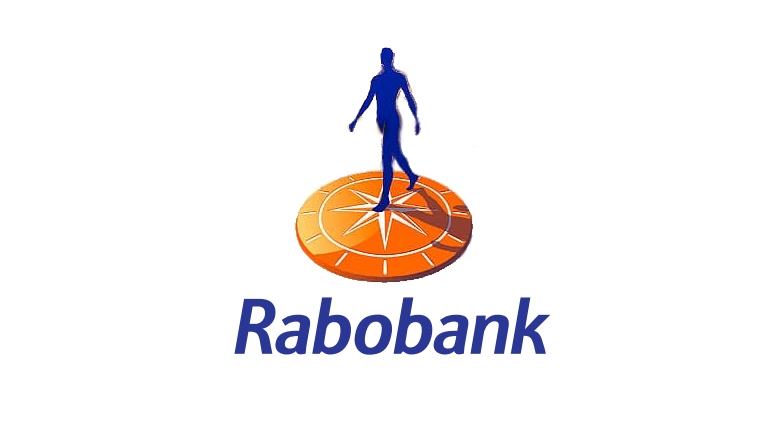
Content supplied by Rabobank.
Global dairy commodity prices have continued to climb in most key exporting countries over recent months, but the second half of the year is expected to bring increased ‘downside’ risks, according to a new report by agribusiness banking specialist Rabobank.
In its latest Q2 Dairy Quarterly Report: Too Good To Be True?, Rabobank says modest production growth in the first few months of 2025 has underpinned firm dairy commodity prices.
“RaboResearch estimates that output from the Big-7 dairy exporting regions (New Zealand, Australia, the EU, Argentina, Uruguay , Brazil and the US) expanded by 0.5% year-on-year (YOY) in Q1 – a modest increase that aligns with the recent price strength,” report coauthor RaboResearch senior analyst Emma Higgins said.
“However, the outlook is shifting. Production growth is projected at 1.1% in Q2 and 1.4% in Q3, marking the strongest quarterly increase since Q1 2021. Both the U.S. and EU are expected to contribute to this growth, with additional support from South America – granted against weak prior-year comparisons.”
On the dairy demand side, the report says, signs of stress are emerging.
“These stressors include near record-low consumer confidence in the United States, troubling indicators of economic struggles in China and declining sales data from restaurants and consumer packaged goods companies across many regions,” Ms Higgins said.
Amid these dynamics, the report says, global trade conflicts remain elevated, with volatility and rapidly-changing tariffs emerging weekly – factors that are influencing global dairy trade flows.
“Nevertheless, dairy product prices, particularly in Oceania, have surged to multi-year highs,” Ms Higgins said.
“Recent trends at the Global Dairy Trade auction have been predominantly positive, and Fonterra has announced a record-high forecast price for the 2025/26 season.”
“Even in the US, most dairy commodities have shown bullish trends into late May, supported by mixed-to-lower stock levels and strong exports throughout Q1 – prior to the implementation of retaliatory tariffs by key trading partners China and Canada.”
Ms Higgins said RaboResearch’s Q1 Dairy Quarterly had discussed the likelihood of dairy commodity price support driven by modest milk production gains, while cautioning about concerning demand developments.
“That scenario has largely played out in recent weeks. But as we move towards the midpoint of 2025, the question remains: is it too good to be true?,” she said.
“In RaboResearch’s view, the answer is likely yes. We anticipate downside risks emerging in the second half of the year, driven by expanding supply and demand uncertainty.
“However, rather than a sharp downturn, we expect a recalibration from recent multi-year highs – a natural correction following a period of strong performance.”
New Zealand opening milk price forecast for 2025/26
Ms Higgins said Fonterra’s opening milk price forecast of $10.00/kgMS for the 2025/26 season is the highest on record and positions farmers for a likely second consecutive season of double-digit payouts and sustained profitability.
“Dairy companies are acknowledging the uncertain macroeconomic backdrop to the 2025/26 season. Fonterra’s incredibly wide forecast range of $8.00 – $11.00 /kgMS highlights potential market volatility,” she said.
“While Fonterra’s opening farmgate milk price forecast is placed at $10.00/kgMS – higher than the midpoint of the range at $9.50/kgMS – some other dairy companies have provided an opening forecast lower than NZD 10.00/kgMS, flagging market volatility risks as a cause for concern this early in the season. “
Seasonal volatility that can occur over the winter months and unwelcome commodity price shocks are a real consideration in the geopolitical climate we find ourselves in, where market-moving headlines are announced almost daily.
“RaboResearch has a view that $9.50/kgMS – $10.00/kgMS is a sensible range to kick off the new production season. While there is room to see the farmgate milk price move higher than this range, it will require firm dairy markets over a sustained period and a weaker currency.”
New Zealand dairy exports and production
The report says New Zealand dairy export volumes for the three months to April 2025 rose 5% year-on-year,, driven by a weaker New Zealand dollar and stronger commodity prices.
“These factors contributed an additional $1.5 billion in export value over the same period,” Ms Higgins said.
“Shipments to China surged by 10%, with increased demand also seen from Indonesia, Korea, and Sri Lanka.”
The report says New Zealand dairy farmer confidence remains high and dairy production for next season is expected to rise.
“Farmer sentiment is elevated, particularly in the South Island where land conversions to dairy are being discussed, especially in Canterbury and, to a lesser extent, Otago/Southland.
“While the scale of new conversions remains uncertain, any resulting milk growth is likely to materialise from the 2026/27 season onward.
“For the 2025/26 season, we anticipate collections will increase by 2% year-on-year, approaching the record volumes of the 2020/21 season,” Ms Higgins said.
“This assumes all production factors are favourable; especially settled weather and sustained high forecast milk prices.”
RaboResearch Disclaimer: Please also refer to our disclaimer here for information about the scope and limitations of the RaboResearch material provided in this media release.

We welcome your comments below. If you are not already registered, please register to comment.
Remember we welcome robust, respectful and insightful debate. We don't welcome abusive or defamatory comments and will de-register those repeatedly making such comments. Our current comment policy is here.